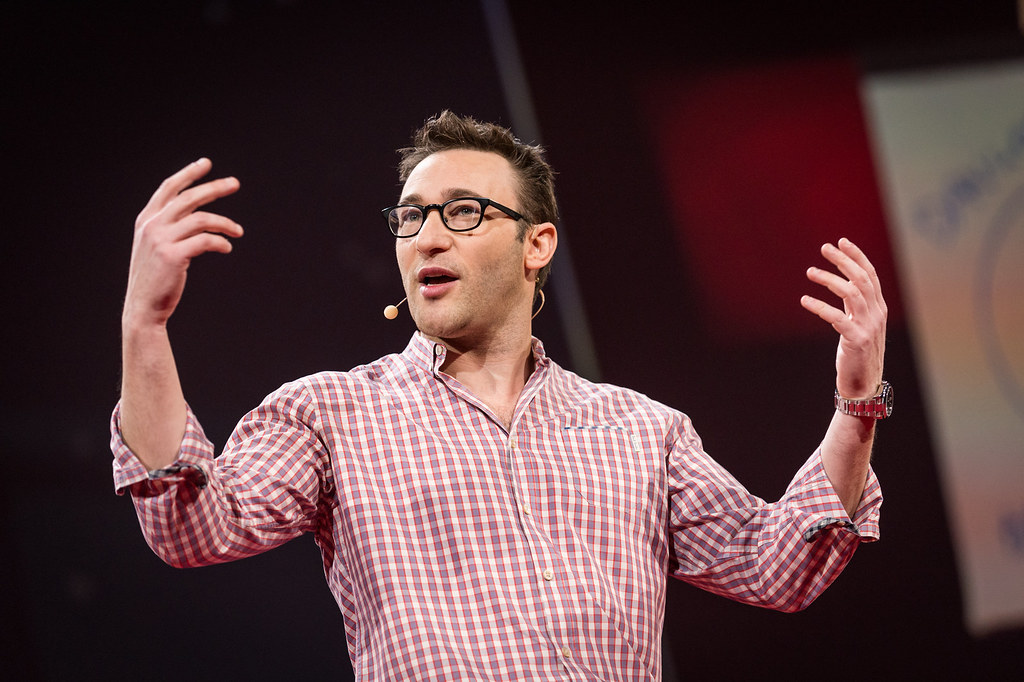Before the pandemic, articles highlighting the disadvantages of collaborative workspaces poured into the Web; they were found to be noisy and unfit for concentration. However, this did not prevent the Digital Collective, made of the agencies Substance and Radiance, from obtaining the Best Workplaces in Canada certification last December and reaching the second position in the list of Best Workplaces in Quebec. Let us see how the culture of this cluster of agencies stood out before the crisis, and how, now, it continues to be innovative.
Guillaume Brunet, President of the group of agencies, is very proud of this new certification, as well as the good ranking obtained in Canada (35th) and Quebec (2nd).
« The assessment process goes beyond a check-off list for our benefits. Part of the evaluation is based on a survey sent to all employees, who respond anonymously. Receiving a grade like that from employees is the biggest reward. It means a lot to me to see that. »
One of these assessment criteria was the work environment. Like many agencies, the Digital Collective operates in an open space collaborative work environment. Guillaume Brunet sees many advantages: an open space promotes the free flow of information among other things and a greater collegiality.
« Younger employees sit side by side with their manager; they hear more and are therefore better trained, » he says.
The President recognizes that this type of environment generates a lot of respect and self-regulation. Among the measures put in place to mitigate the negative effects, the Digital Collective made call rooms and conference rooms available to employees.
The Collective has also implemented light signage on each workspace, so that employees can display their work status.
« A light is installed on the workstations. Employees can change it from red to yellow, then green from an app on their computer, to communicate to colleagues whether they are busy or not. »
The good ranking obtained was obviously not only due to its management of open space but, all in all, the Collective will have been able to innovate in this area!
Towards a “virtual/face-to-face” hybrid model
Guillaume Brunet admits that he is not a fan of telework.
« I find that the nature of the work we do – which is creative – and the relatively young age of employees who are in an agency and the coaching aspect that results from it, make it important for me to be in the office to create an agency spirit. »
Before the pandemic, the Digital Collective used its working environment as a vehicle for socialization. In addition to the open space formula, the group of agencies provides its employees with a rooftop terrace and a gym where group training and yoga sessions are offered.
During confinement, the Collective was obviously switched to teleworking mode, but the transition to a hybrid model of working remotely and in presence quickly became necessary as soon as it was allowed to do so.
« We’re a tight-knit team that likes to see each other. When we were able to reopen the office, at the end of the first wave, we had to set up a reservation system, because more than 25% of people wanted to come back to the office. People were bored and wanted to see their colleagues again. »
Throughout the summer and for as long as the weather permitted, the President of the group encouraged outdoor meetings, whether by organizing meetings in parks or on the agency’s outdoor terrace. Also, some types of meetings were preferably face-to-face.
« It was important to make employee development plans, as well as face-to-face onboarding meetings, while respecting distancing measures, of course. »
In the same breath, Guillaume Brunet admits that they probably made their last meeting on the outdoor terrace, during the hot day last Thursday. And that the coming months will be based on a mix of virtual and face-to-face communication.
So far, the President is learning a lesson from the crisis, which will strengthen his agency for the coming months:
« The virtual mode has greatly improved our communication. We have formalized some aspects of our internal communications; I am now writing a weekly email to all employees to provide updates and ensure everyone is on the same page. »
This practice will remain beyond the crisis, he said. It also remains open to the idea of continuing the blended work mode — telework and face-to-face — after the pandemic.




